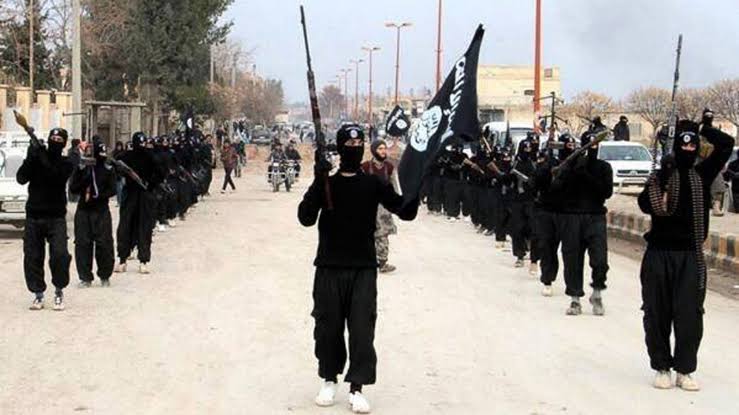World
Syria, Iraq under siege as Islamic State resurgence gains momentum

The Islamic State has begun reactivating fighters in Syria and Iraq after the fall of Bashar al-Assad’s regime.
Security officials and diplomats say sleeper cells are resurfacing, aiming to exploit the chaos in post-Assad Syria.
Reuters gathered details from over 20 sources, including U.S. and European officials, confirming IS movements in both countries.
These fighters have started distributing weapons, recruiting fresh members, and planning coordinated terror operations across cities.
In December 2024, two IS envoys sent from Raqqa were captured while delivering attack orders in Iraq.
The arrest led to a foiled suicide bombing attempt in a crowded northern Iraqi restaurant.
Iraqi Colonel Abdul Ameer al-Bayati said IS felt emboldened by Syria’s instability and began mobilizing again.
Despite the threats, the number of IS attacks in Syria dropped to 38 in early 2025, SITE data shows.
This decline reflects a significant decrease from previous years but offers no reason for complacency, say security analysts.
Iraqi officials reported only four IS attacks in 2025, down from 61 in the previous year.
Still, concerns persist that foreign fighters are now entering Syria again for the first time in years.
Two European security officials confirmed sightings of foreign recruits arriving, though their allegiance remains unverified.
U.S. President Donald Trump urged Syria’s new leader, Ahmed al-Sharaa, to combat IS during a May 14 Riyadh meeting.
The U.S. plans to halve its military presence in Syria, triggering concern about IS exploiting weakened prison security.
Over 9,000 IS fighters and their families remain detained by Kurdish-led forces in northern Syria.
The SDF has thwarted two attempted jailbreaks since Assad’s ouster, but manpower shortages loom.
Analyst Charles Lister warned that Syria’s interim government lacks resources to maintain nationwide control.
IS has relocated operatives from the Syrian desert into major cities like Aleppo, Homs, and Damascus.
Syrian Interior Minister Anas Khattab named IS the country’s top threat on national television last week.
Iraqi officials also report increased IS activity in the Hamrin Mountains and along strategic routes.
Iraq’s Foreign Minister Fuad Hussein confirmed Damascus is coordinating with Baghdad to monitor the IS threat.
He stressed the need for stability, saying, “Syria must never again become a base for ISIS terrorists.”
As U.S. troops prepare to exit Iraq by September, Baghdad is requesting a slower withdrawal timeline.
Despite low attack numbers, experts warn that Islamic State remains a cunning, adaptive, and persistent threat to regional peace.accountability for the regime’s actions.
About Bashar al-Assad
Bashar al-Assad took power in 2000 after his father, Hafez al-Assad, who had ruled since 1971.
His regime was marked by authoritarian control, suppressing dissent and maintaining power through military and foreign support, notably from Russia and Iran.
Collapse and aftermath
In late 2024, a rebel offensive led by Hay’at Tahrir al-Sham (HTS) rapidly overtook key cities, culminating in Damascus’s capture on December 8, 2024.
Assad fled, ending his 24-year presidency.
Since the collapse, international efforts has focus on supporting Syria’s transition to democracy and addressing past atrocities.
As of June 12, 2025, the regime remains collapsed, with no significant reversals reported.
The focus is on rebuilding and ensuring accountability for the regime’s actions.
For Diaspora Digital Media Updates click on Whatsapp, or Telegram. For eyewitness accounts/ reports/ articles, write to: citizenreports@diasporadigitalmedia.com. Follow us on X (Fomerly Twitter) or Facebook











